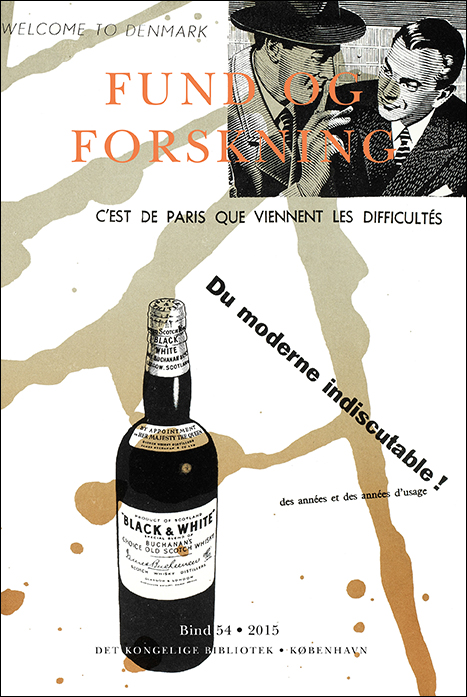Werner Bests fængselsoptegnelser 1945-51. En studie i fortidsmanipulation
DOI:
https://doi.org/10.7146/fof.v54i0.118902Resumé
John T. Lauridsen: Werner Best’s prison records 1945-51
The article provides a brief account of the content of Field Marshal for Denmark Werner Best’s prison notes with a list of those which are non-literary. Then the notes concerning Danish conditions are presented in greater detail, since they are characterized as primary defence statements with the intention of explaining and defending the politics that he wishes to present as those he conducted during his time as Field Marshal for Denmark 1942-45. There is a development in the content of the notes concerning Denmark from the first ones in 1945 to the later ones in 1948 in line with the fact that he obtained insight into the contemporary records written by himself, which the public prosecutor had managed to collect from him. The development was in the form of an adaptation of previous statements concerning the material presented or explaining the contents of it away, in the sense that a context was presented, which negated the meaning of what he had written, unless he did not openly state instead that what he had written was a lie already at the time of writing. The latter was supposedly in agreement with the Auswärtiges Amt with the common goal of preventing Hitler from intervening in Danish affairs. On the whole, Hitler is introduced in various contexts as an active party, who had exerted fundamental influence on incriminating documents drawn up by Best, while there is no contemporary documentation that Hitler exerted any influence or even had his attention focused on Denmark. This results in Best’s use of “the telephone trick”, which the author has chosen to call it, namely that Best invokes telephone calls from the headquarters of the fuhrer, from Ribbentrop’s ministerial office located there or from the Auswärtiges Amt, which make him act in another manner that justifies his actions for posterity, or ascribes an impact on posterity to himself, which he had not been able to obtain in some other way. The most obvious examples are the initiative for the action against the Jews in 1943, the April Crisis in 1944, the repercussions from the general strike in Copenhagen in the summer of 1944, and the outcome of the discussions concerning whether or not to conduct the final battle in Mürwik on 3 May 1945. An account is given of Best’s attempt to impose a general reading guide for his contemporary documents upon the reader, followed by a representation of and detailed commentary upon selected statements by Best, which illustrate Best’s form of history manipulation in detail, where he also provides guidance on how he wants specific individual documents to be read and understood. It is inspiring reading. Two records are not about his own trial, but about his relationship to DNSAP (the Danish Nazi Party) and the Schalburg Corps (the Nazi anti-sabotage corps in Denmark) and the group of people surrounding them. Here he continues to manipulate his own role, but also shows his ruthlessness towards partners who did not obey orders. This also gave him cause to dismiss the entire German Reich leadership in Denmark as being more or less amateurish.


